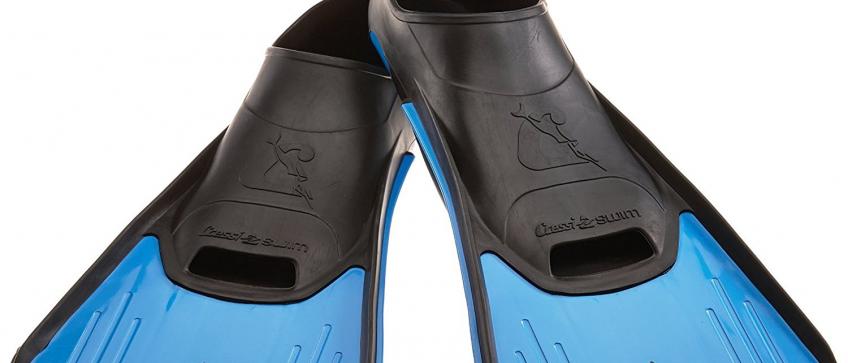Call us now: +5999 6637989
The Ultimate Guide to Snorkeling 7/12

Snorkeling Fins
While you can technically go snorkeling without a pair of snorkeling fins, most snorkelers consider them to be an essential part of their gear because of the efficiency and comfort they provide to the experience.
The large surface area of fins will reduce the effort required to float or swim for extended periods, and can give you added speed with less splashing. Fins also protect the feet from stray objects and coral, which is particularly important if you plan on leaving the surface to swim deeper or if you are swimming in very shallow reefs.
There are many varieties of fins in the market, but a standard pair consists of separate, buckled, open-heeled paddles for each foot. Closed foot fins are also easily available, but these do not allow for wearing any kind of snorkeling boots. While scuba divers and free divers necessarily require open-heeled fins to accommodate thermal-insulating boots in the cooler depths of the water, for snorkelers who stay at the surface, it is largely a matter of personal preference which of the two to opt for.
Split fins, rather than undivided paddle fins, can provide more speed and power to your stroke, yet they can also be less precise in their movements. A good quality split fin tends to be more expensive than a paddle fin of similar quality, so you may want to avoid these unless you are specifically aiming for higher speeds while snorkeling.
Children and adults may be tempted to try snorkeling with a mono-fin or mermaid fin – a single fin attached to both feet. While it is possible to use these safely, they require major changes to your swimming style and severely limit your mobility, so it may be best to avoid them entirely.
The most important aspect of selecting a pair of fins is to see how comfortably they fit or buckle around the ankle, as a bad pair may cause soreness or limit your movements. Additionally, make sure your fins are fairly lightweight as this reduces the effort required on your part to move your feet.
- Log in to post comments
